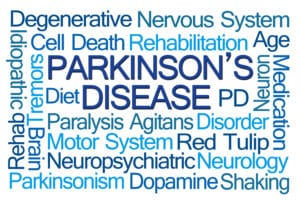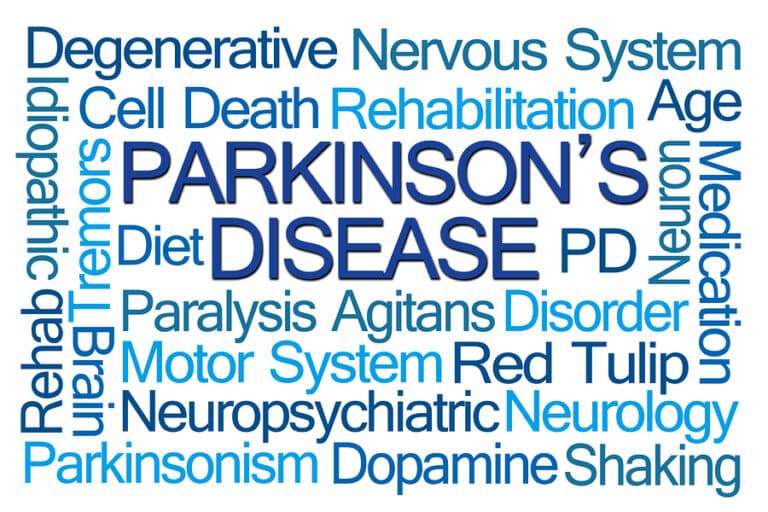For most of us, once we learn how to walk, we keep walking and never look back. It becomes so instinctual that we don’t give a second thought to all of the movements our bodies are taking to keep us moving forward in the direction we desire, without stumbling or tripping over our own feet. We can carry items, have conversations, and even look at our phones, knowing we still stay upright and on course. Parkinson’s disease is a progressive disease that directly impacts the ability to walk and move around safely. It affects the nervous system, creating increasing challenges in movement as the disease continues to worsen. There is no cure for Parkinson’s disease, and those who are diagnosed with it often need assistance from ALS/Parkinson’s care providers in managing daily activities.
Two Physical Challenges That Affect Movement for Those with Parkinson’s Disease
Sensory System Changes
These types of changes that occur in Parkinson’s disease patients affect changes in the way your loved one moves or corrects himself when what he is doing isn’t working. Some areas that sensory system changes can affect are his ability to naturally swing his arms as he walks to help with balance, or how big of steps he should take as he walks. His brain might start to tell him even minor movements are much too big, so he’ll make very tiny movements instead, which feel large to him. Sensory system changes may cause him to shuffle or take very small steps while walking. They can also affect his posture when standing.
Movement System Changes
Another area affected by Parkinson’s disease is the movement system. Your loved one may “freeze” and not be able to make the next move without concerted effort. This can especially happen when he’s trying to start a new movement, like taking that first step away from the couch or turning a corner.
His body might also struggle with completing one movement before beginning the next. For instance, if he is walking over to his chair at the table and needs to turn around to sit down, he might begin to sit down before he fully turns around, increasing the risk of injuring himself.

Helping Someone with Parkinson’s Disease Move Safely Around the Home
Getting someone to help with ALS/Parkinson’s care at home is a great way to assist your loved one when he needs to move around or change locations. Your provider of ALS/Parkinson’s care at home can help support your loved one both physically and verbally as he negotiates his living space. They might provide an arm to hold onto as he goes up and down the stairs, or your ALS/Parkinson’s care at home provider might offer gentle reminders of what processes he should take to get out of his chair and move into the kitchen for lunch.
ALS/Parkinson’s care at home providers can not only help your loved one move safely around the home but can also provide support in other ways as well, such as assisting with meal preparation or helping them complete daily chores at home, like laundry or washing the dishes. They are a valuable resource for helping your loved one with Parkinson’s disease remain independent and continue to thrive in his own home.
If you or an aging loved one are considering ALS/Parkinson’s Care Services in Norfolk, MA, please get in touch with the caring staff at Care Resolutions, Inc. today at (508) 906-5572
CARE Resolutions, Inc. provides quality 24-Hour Home Care for seniors and families in Walpole, Dover, Wellesley, Framingham, Norfolk, Quincy, Weston, Medfield, Boston, Sherborn, MA, and surrounding areas.
- Movement Symptoms of Parkinson’s Disease That Make Walking Difficult - April 21, 2025
- Tips for Seniors Who Want to Try Social Media - April 7, 2025
- How Can Seniors Transition Home from the Hospital Smoothly? - March 19, 2025



